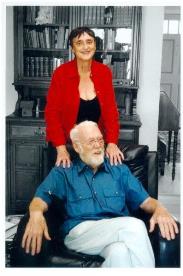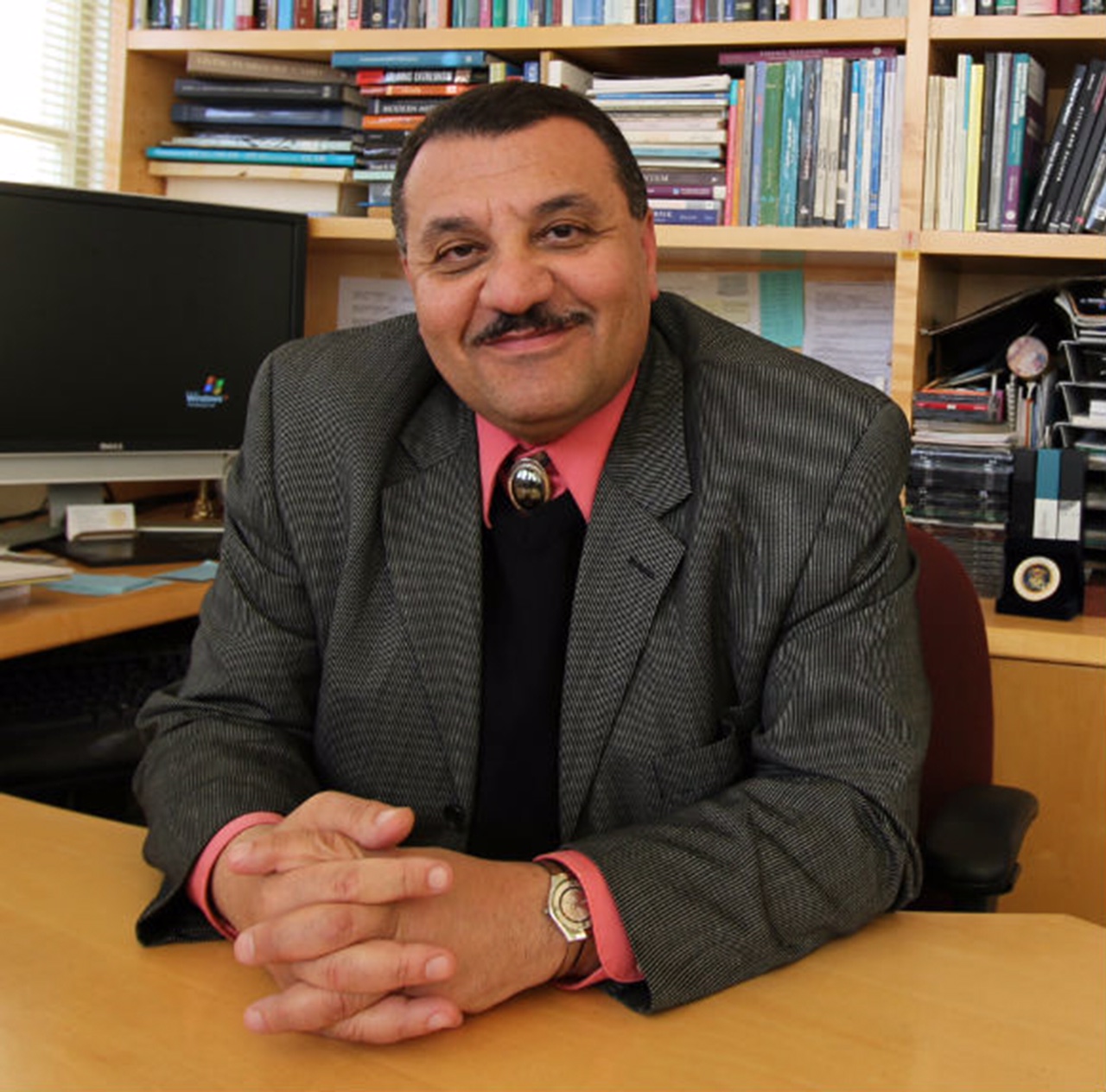
|
|
|
KeynotesPR DEAN MACCANNEL, University of California at Davis PR JULIET FLOWER MACCANNEL, University of California at Irvine The Two Fantasies in Architecture for Tourism An argument can be made that architecture is for “tourists” and always has been—at least in facades and interiors open public visitation. The Parthenon and medieval cathedrals were designed to impress visitors from afar and they continue to attract tourists to this day. Our lecture explores architecture that is designed in the first place to attract tourists—i.e., architecture that specifically aims to hook and shape tourist consciousness and desire. The great masters were Piranesi and Disney, but we now see a worldwide spread of similar architectural intent. (Judd and Fainstein and Las Vegas.) We propose a general framework for analysis of architecture based on an interactional model. We ask of every component of the built environment, ‘Who is invited in and who is kept out?’ ‘What are the social and symbolic conditions of entry and exit?’ Our model effectively highlights the psychical and symbolic differences between architecture intended to attract tourists and other types of architecture. Our model suggests that architecture not intentionally for tourists functions as an efficient sorting device, separating peoples by class and status and into relational categories—intimates, friends, acquaintances, strangers, adversaries, enemies. Beginning with the urinary separation of the sexes, the kinds of non-tourist spaces people end up in together tells the story of their social standing and relationships to one another. Architecture for tourism is producing a vast imaginary social scene, masterful (and tacky) architectural simulations of socio-cultural and historic differentiation. (‘What you see before you is a perfect replica of the throne where the King once sat.’) Throughout the tourist world there is a fantasy that social difference no longer makes any real difference. (‘How would you like to sit on the King’s throne?’) All this while new strategies for social exclusion and oppression are being developed just beyond the tourist gaze. We will show that two opposing fantasies can motivate architecture for tourism. One fantasy (the currently dominant one) gives us mechanisms that strengthen repression and denial of the ethical potential of tourism, architectural and otherwise. The other fantasy gives us openings for ways of entering and understanding a new symbolic order fit for globalizing culture.
Juliet Flower MacCannell, Professor Emerita, Comparative Literature, University of California, Irvine. Has published studies on urban planning, spatial thought, architecture and theories of space and time. In 1997 she co-planned and co-conducted an artists’ tour of San Francisco with Dean MacCannell and artist Bernie Lubell, “You are Here (You Think)”; she asked “What Does a Tourist Want?” in a review essay in 2000, then published a long study of one of the world’s premier tourist destinations: “Las Vegas: the Post-Cinematic City,” (2001). Other of her titles include: “Death Drive in Venice: or, Sophie Calle as Guide to the Future of Cities,” 2002/2012; “Freud/Space” 2005; “The City at the End of History,” 2007; “The City, Year Zero: Memory and the Spatial Unconscious,” 2007; “Nowhere, Else: On Utopia,” 2008/2013; “Eternity or Infinity? Badiou’s Point,” 2009; “Drawing Lines: From Kernberg and Haraway to Lacan and Beyond,”,” 2010; and “On the Inexplicable Persistence of Strangers,” 2010.
PR NEZAR ALSAYYAD, University of California, Berkeley CONSUMING TRADITION/MANUFACTURING HERITAGE: Tourism and the Built Environment in the age Globalization Heritage attractions in the global era offer income-producing opportunities to some of the poorest, as well as the richest, communities in the world, but the mass tourism that follows has often resulted in the irreversible destruction of traditional places and historic sites. This in turn has inflamed international passions and caused anxieties among local communities. Understanding the connection between heritage preservation and tourism development requires as to ground it in both history and political economy. Studies of post-colonial urbanism have provided valuable insight into the politics of heritage and the related preservation discourses. It is important to try to understand how global consumers today seek “difference” and “hospitality” as economic goods, and how producers or suppliers, often in the Third World, make their living catering to this demand. Today, one may distinguish three types of physical environments produced with the planned intent of making them simulacra and places for the representation of the cultural tradition of the other. The first type is dream landscapes that Replicate Historical Settings based on the notion of using history to create a, a “Wizard of Oz” like-place where all conflicts within a given culture are resolved, and where all cultural aspects are reduced to their basic representations. A second type of touristic environment seeks to exploit cultural heritage, but their claim to history is non-existent. The third type is nostalgic places which exploit cultural heritage in attempt to normalize it for everyday life. This talk will explore these different environments and reflect on the increasingly complex relationship between tourism and heritage in the current era of globalization.
Educated as an architect, planner, urban designer and historian, AlSayyad is principally an urbanist whose specialty is the study of cities, their urban spaces, their social practices and their economic realities. As a scholar, AlSayyad has authored and edited several books on colonialism, identity, Islamic architecture, tourism, tradition, urbanism, urban design, urban history, urban informality, and virtuality. He has also produced and co-directed two public television video documentaries: “Virtual Cairo” and “At Home with Mother Earth.” Among his numerous grants are those received from the U.S. Department of Education, NEA—Design Arts Program, Getty Grant Program, the Graham Foundation, the SSRC, and a Guggenheim fellowship. His awards include the Beit AlQuran Medal from Bahrain, the Pioneer American Society Book Award, the American Institute of Architects Education Honors, and the Distinguished Teaching Award, the highest honor the University of California bestows on its faculty. In 1988, AlSayyad founded the area of Environmental Design and Urbanism in Developing Countries (EDUDC), an interdisciplinary area of research and practice that connects history, theory, social processes, and design, and in the same year he co-founded the International Association for the Study of Traditional Environments (IASTE), a scholarly association concerned with the study of indigenous vernacular and popular built environments around the world. AlSayyad also maintains a small architecture and urban design practice XXA- The Office of Xross-Xultural Architecture which provides design and consulting work to various clients in the US and several Developing Countries.
|



